
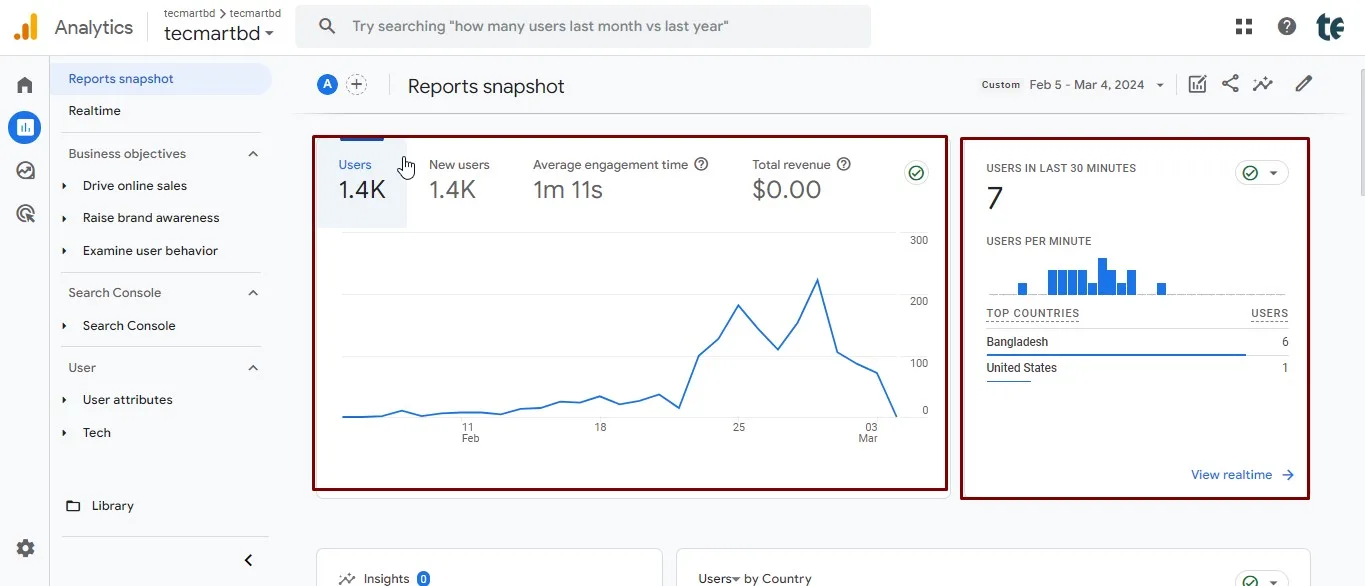
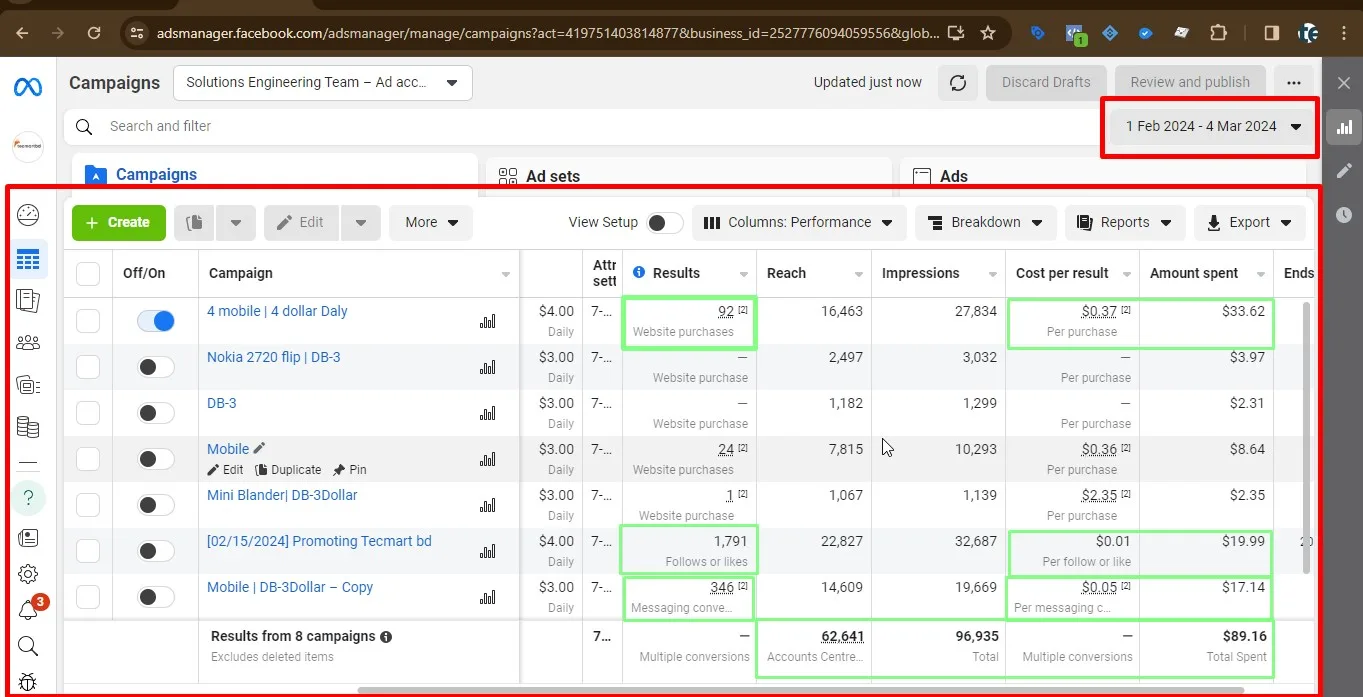
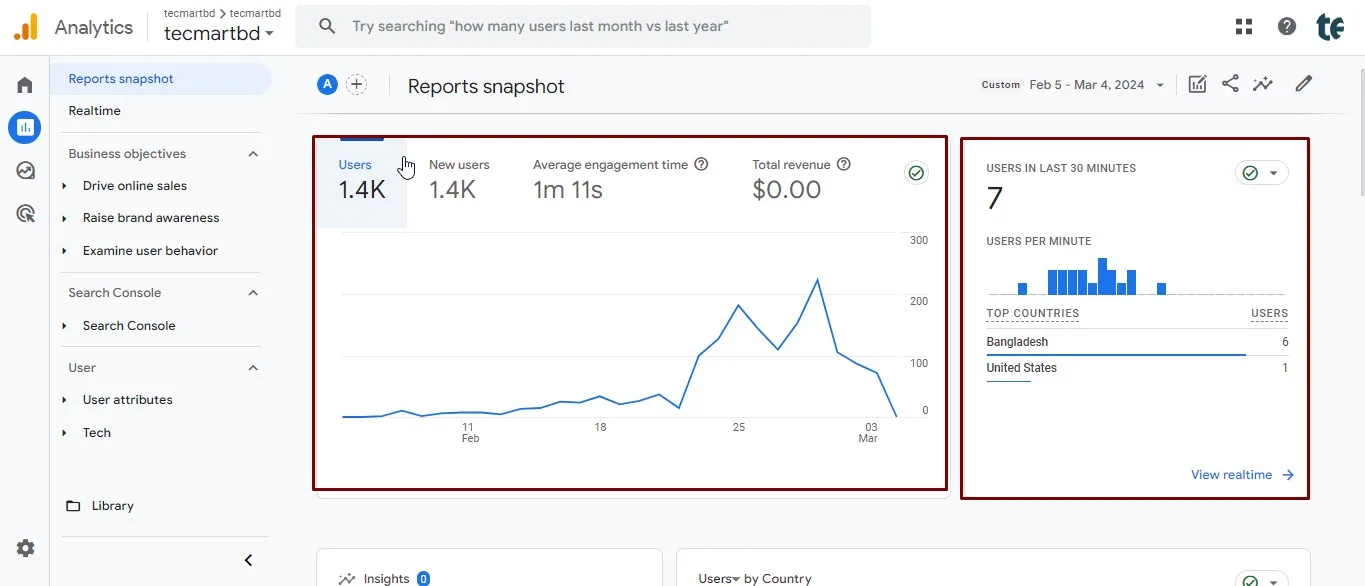
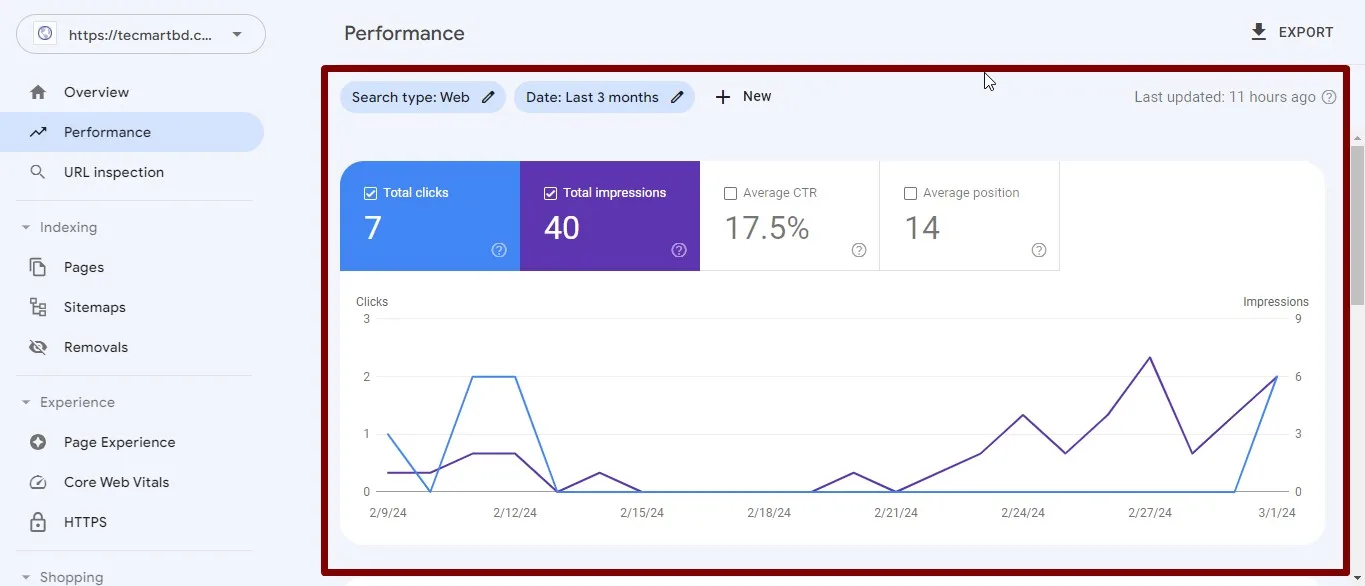
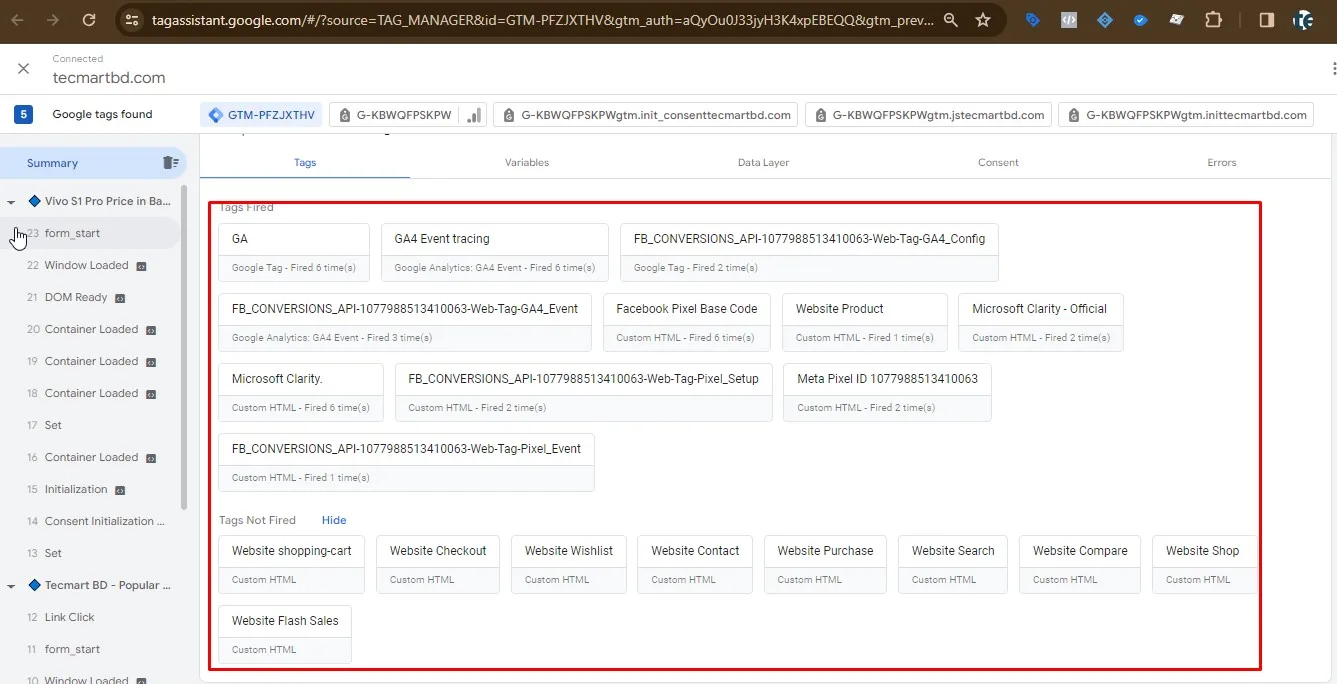

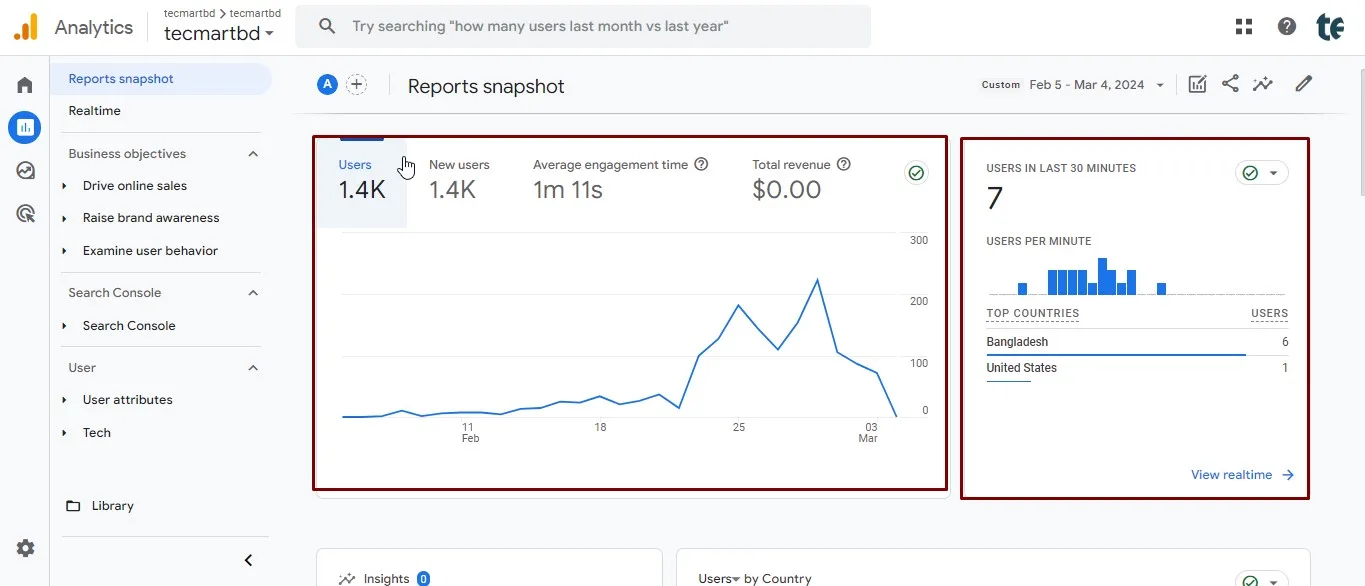
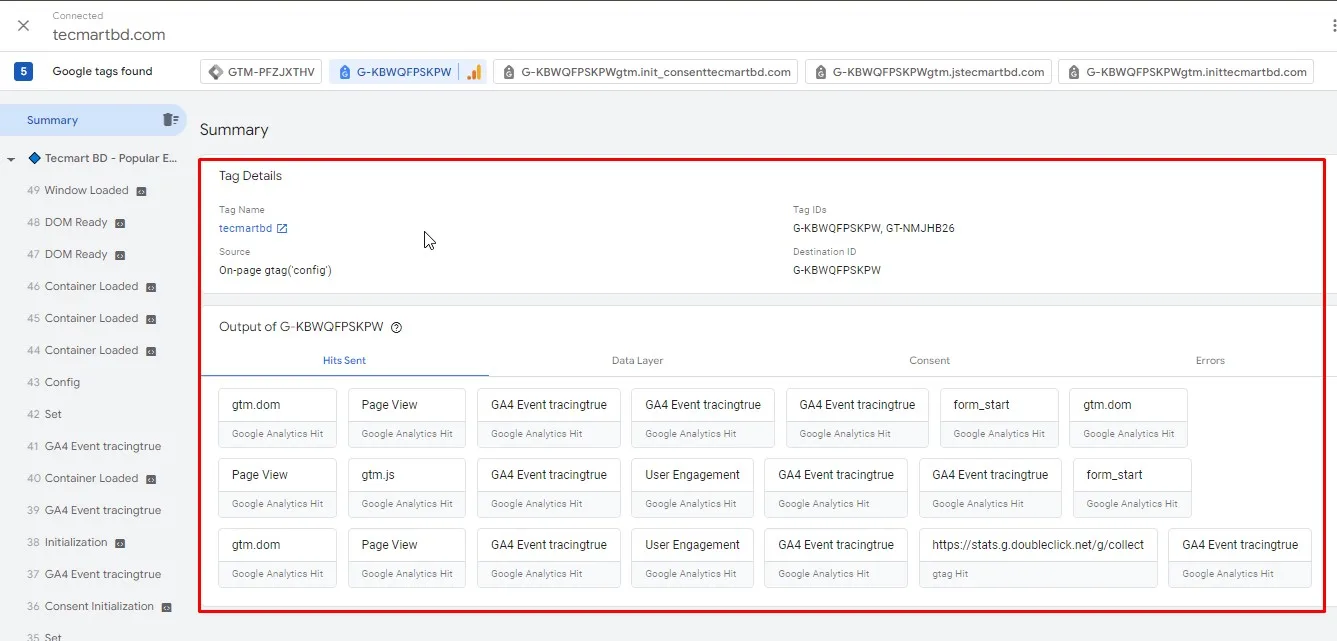
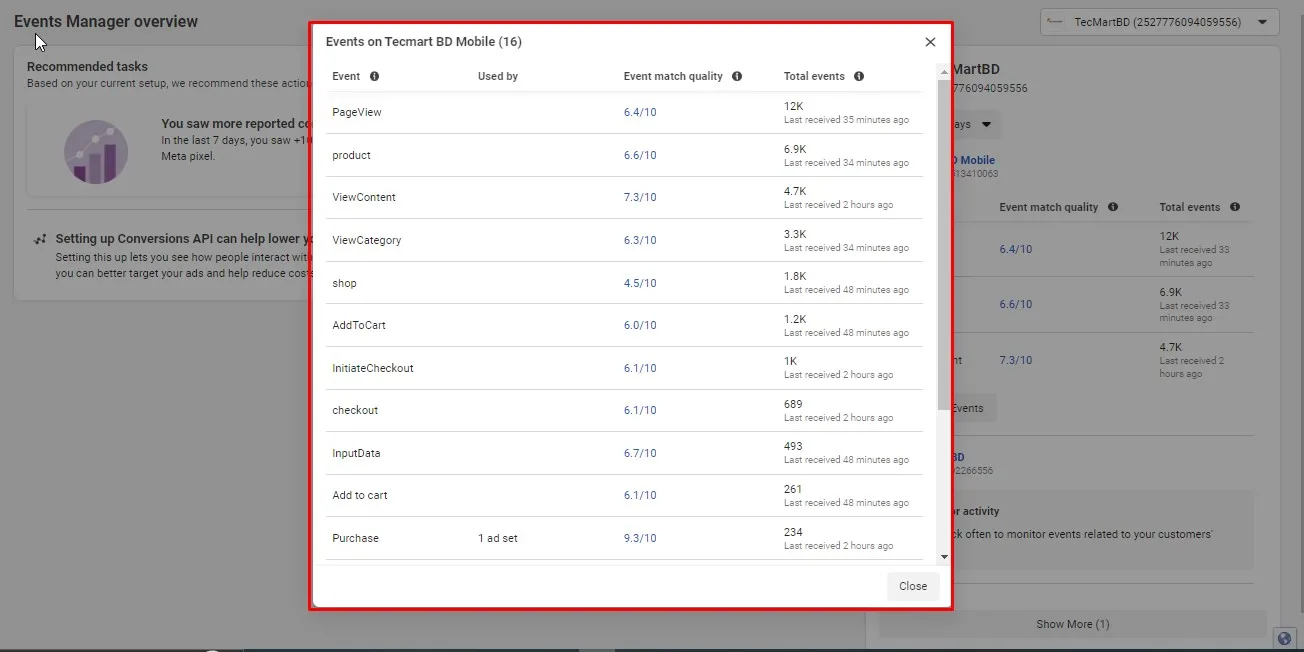
How to Setup Free Mastering Ecommerce Tracking and Conversion Tracking with Google Analytics GA4 and GTM
Introduction:
In the realm of online business, understanding customer behavior and tracking conversions are paramount for success. Ecommerce tracking and conversion tracking through tools like Google Analytics GA4 and Google Tag Manager (GTM) play a crucial role in gathering actionable insights. This comprehensive guide will delve deep into these topics, offering practical strategies and best practices to harness the power of data for optimizing your ecommerce operations.
Understanding Ecommerce Tracking:
What is ecommerce tracking?
Importance of ecommerce tracking for online businesses.
Key metrics to track: transactions, revenue, conversion rate, average order value, etc.
How ecommerce tracking works in Google Analytics GA4.
Setting Up Google Analytics GA4 for Ecommerce Tracking:
Creating a GA4 property for your ecommerce website.
Installing the GA4 tracking code.
Configuring enhanced measurement for ecommerce events.
Setting up data streams for website and app tracking.
Leveraging Google Tag Manager (GTM) for Ecommerce Tracking:
Introduction to GTM and its role in tracking implementation.
Benefits of using GTM for ecommerce tracking.
Step-by-step guide to setting up ecommerce tracking tags in GTM.
Implementing custom events and triggers for advanced tracking.
Conversion Tracking Strategies:
Defining conversions and conversion goals.
Identifying key conversion points in the customer journey.
Tracking micro and macro conversions.
Using attribution modeling to understand conversion pathways.
Implementing Cross-Domain Tracking:
Understanding cross-domain tracking and its importance for ecommerce websites.
Setting up cross-domain tracking in Google Analytics GA4.
Addressing common challenges and troubleshooting issues.
Enhancing Ecommerce Tracking with Custom Dimensions and Metrics:
Utilizing custom dimensions and metrics to capture specific ecommerce data.
Examples of custom dimensions for tracking product categories, customer segments, etc.
Implementing custom metrics for deeper analysis of user behavior.
Analyzing Ecommerce Data in Google Analytics GA4:
Navigating the ecommerce reports in GA4.
Understanding key metrics and their implications.
Analyzing product performance, sales trends, and customer behavior.
Optimizing Ecommerce Performance:
Using ecommerce data to identify areas for improvement.
Implementing A/B testing and conversion rate optimization strategies.
Personalizing the user experience based on ecommerce insights.
Integrating Ecommerce Tracking with Marketing Campaigns:
Tracking ecommerce transactions from different marketing channels.
Setting up UTM parameters for campaign tracking.
Analyzing the ROI of marketing campaigns using ecommerce data.
Future Trends in Ecommerce Tracking:
The evolving landscape of ecommerce analytics.
Predictive analytics and machine learning for ecommerce optimization.
Emerging technologies and their impact on ecommerce tracking.
Conclusion:
Ecommerce tracking and conversion tracking are indispensable tools for any online business striving for success. By harnessing the capabilities of Google Analytics GA4 and GTM, businesses can gain valuable insights into customer behavior, optimize their sales funnel, and drive revenue growth. Implementing the strategies outlined in this guide will empower you to make data-driven decisions and stay ahead in the competitive ecommerce landscape.


